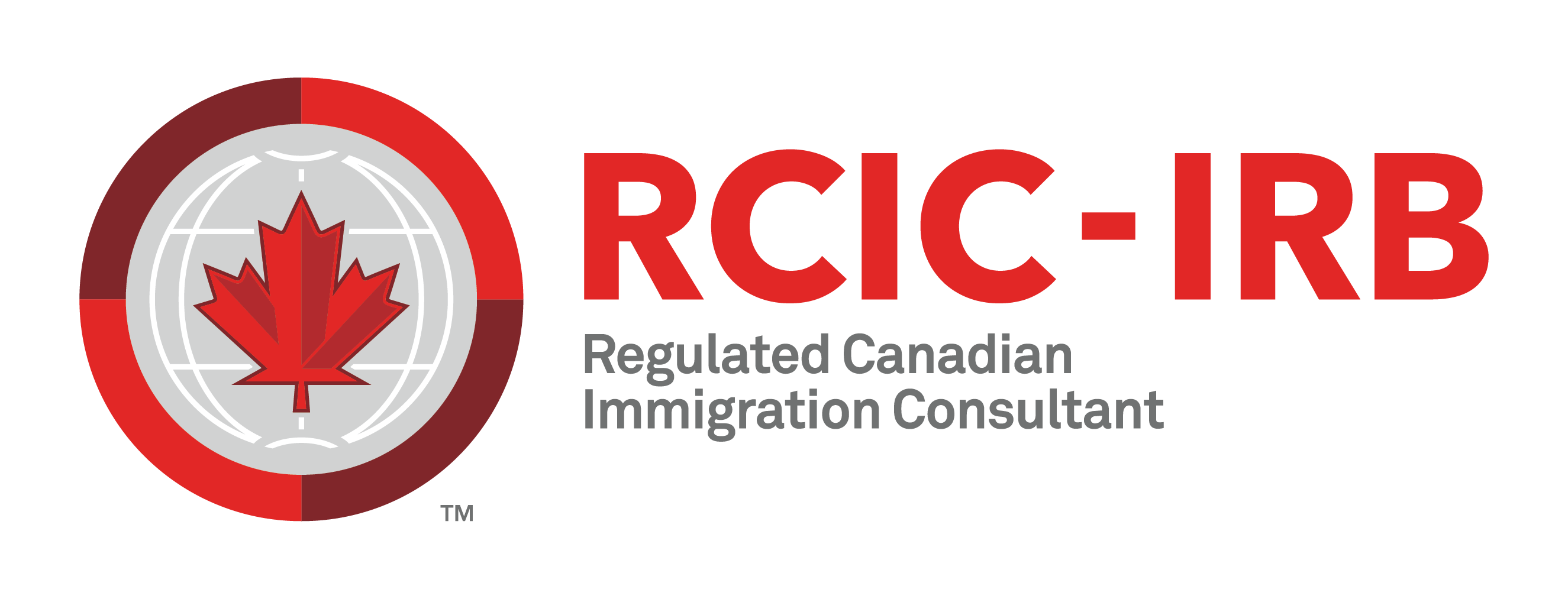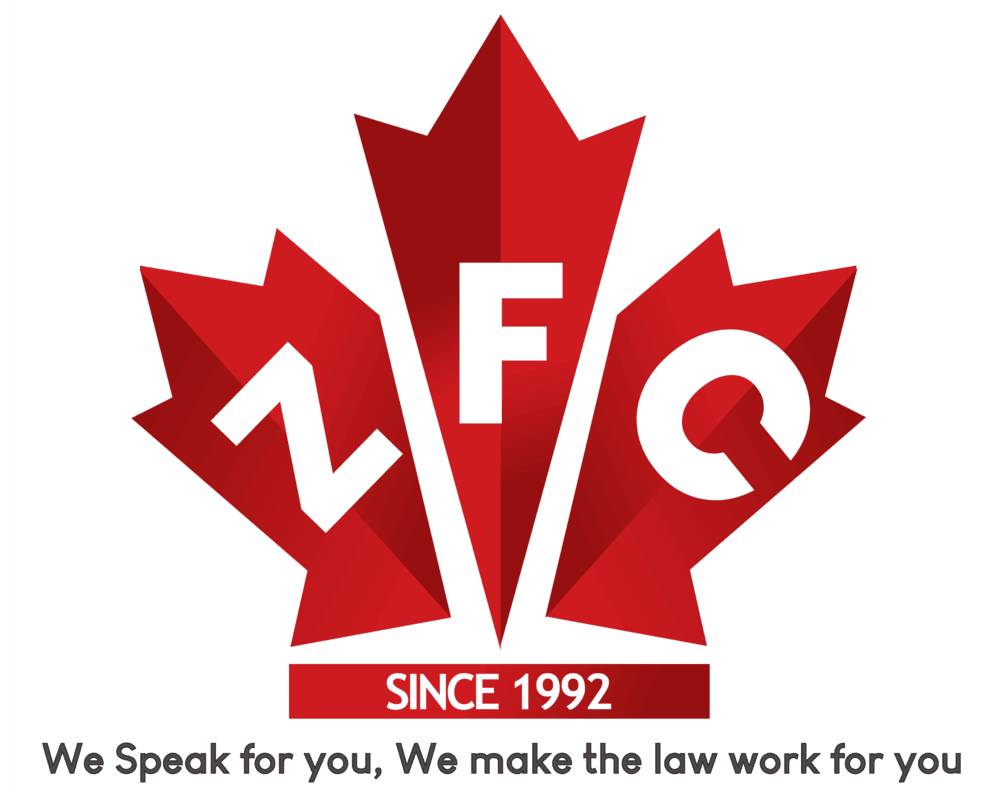Canada’s immigration system is entering a new phase in 2025, with Prime Minister Mark Carney introducing immigration caps and a $25 billion housing reform initiative, future newcomers and residents need to rethink their plans. If you’re considering moving to Canada, it’s essential to understand how these changes could affect your path.
Let’s break down what’s happening and what you can do next.
What Are the New Immigration Caps All About?
Canada has always welcomed immigrants, but the country is now adjusting the pace to keep up with housing and infrastructure challenges.
In a recent announcement, the federal government confirmed it will reduce the number of temporary residents, including international students and foreign workers, from 7.3% of the population to under 5% by 2027. The goal? To ease the intense pressure on housing, healthcare, and public services.
But this doesn’t mean Canada is closing its doors. As Prime Minister Carney stated, the aim is balance, not exclusion. Canada still plans to attract skilled talent that supports long-term growth, especially in healthcare, construction, and tech.
What Is the “Build Canada Homes” Program?
Immigration reform isn’t happening in isolation. It’s part of a broader national plan to solve Canada’s housing affordability crisis.
Here’s what the Build Canada Homes initiative includes:
| Reform Area | Key Measures |
| Tax Relief | GST cuts on new homes between $1M–$1.5M, saving buyers up to $50,000 |
| Development Charges | Reduced fees for multi-unit buildings, especially in large cities |
| Modular Housing | Government investment in faster, lower-cost building methods |
| Local Focus | Priority for Canadian materials, workers, and green technologies |
This is a rare move to support both population growth and livable cities. It also signals that immigration policies are now more tightly linked with urban development.
How Will These Changes Affect Immigration Applicants?
If you’re outside Canada or planning to extend your stay, here’s what you should be aware of:
1. Tighter Entry for Temporary Residents
Expect fewer student and work permits, especially in overcrowded provinces. Your application must stand out, ideally with ties to key industries or a provincial nomination.
2. Higher Standards for Express Entry
While Express Entry still exists, the government is likely to favour applicants who bring long-term economic value and integration potential.
3. Housing Availability Will Improve Gradually
Even if caps make entry more selective, housing reforms will make settling in Canada more viable for those who are admitted.
A Smarter Approach to Immigration and Housing
Canada’s dual focus on immigration reform and housing development is designed to protect quality of life, not reduce opportunity.
By reducing strain on infrastructure and investing in homes, the country is laying the groundwork for more sustainable growth. This may feel like a tightening of doors, but it’s also an invitation to skilled individuals ready to build and contribute.
If you’re serious about moving to Canada, this is not the time to guess. Get advice, prepare strategically, and apply through the right pathways.
Immigration to Canada in 2025 is changing, but with the right support, your Canadian future is still within reach. Book a consultation with RCICnow and take your first step.
Add ImmigCanada to Your Google News Feed










